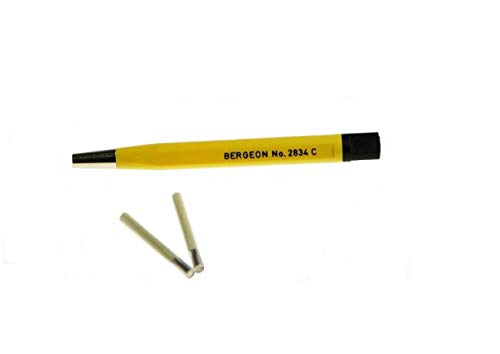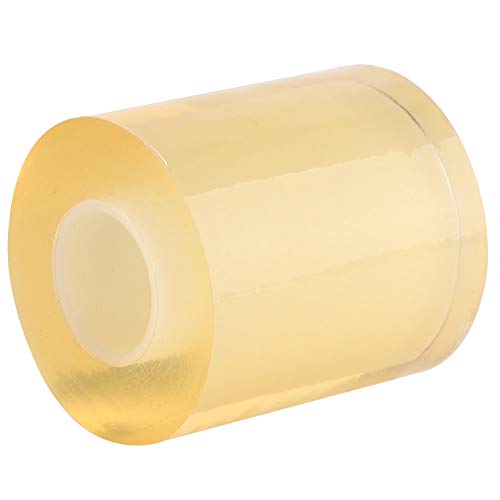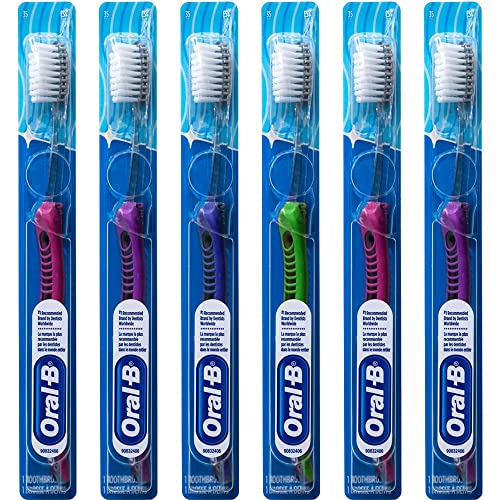This step-by-step guide teaches you how to effectively remove scratches from your Cartier watch, restoring its original shine and appearance.
Top-selling luxury timepieces by Cartier
Assess the scratches
Assess the scratches
Here are the steps to help you determine the severity of the scratches on your Cartier watch:
- Find a well-lit area: Look for a place with good lighting, whether it’s natural daylight or a bright lamp, to clearly examine the scratches on your watch.
- Inspect the scratches: Take a close look at your watch using a magnifying glass if necessary. Observe the depth and width of the scratches to understand their severity.
- Determine minor scratches: If the scratches are superficial and appear shallow, on the surface, you may be able to fix them at home using simple methods like using a microfiber cloth or a gentle polishing polish.
- Identify deeper scratches: In case the scratches are deep, extending beyond the surface and affecting the metal or glass, it is recommended to seek professional assistance. Jewelers or watch repair shops will have the necessary expertise and tools to properly address deeper scratches.
Remember, the severity of the scratches will determine the appropriate actions to take.
Gather the necessary materials
To gather the necessary materials for cleaning your Cartier watch, follow these steps:
- Collect a soft cloth to wipe the watch and a toothpick or soft brush to gently remove dirt or debris from hard-to-reach areas.
- Obtain a mild soap or watch cleaning solution that is suitable for delicate materials.
- Have toothpaste or baking soda on hand, as they can be used to remove tarnish or scratches from the watch.
- Make sure to have a polishing cloth or a microfiber cloth available for the final shine.
- Finally, acquire a Cartier-approved polishing agent to restore the watch’s luster and maintain its quality.
Remember, having these materials ready will ensure you can clean your Cartier watch effectively and safely.
Clean the watch
Before starting the scratch removal process, clean the watch using a damp cloth and mild soap or watch cleaning solution. Gently wipe away any dirt or oils that may be present on the surface of the watch.
- Prepare a damp cloth: Take a clean, lint-free cloth and dampen it with water. Make sure the cloth is not dripping wet, but slightly moist.
- Apply mild soap or watch cleaning solution: If the watch is particularly dirty, add a small amount of mild soap or watch cleaning solution to the damp cloth. Be careful not to use excessive soap, as it can damage the watch.
- Wipe the watch surface: Gently wipe the damp cloth over the surface of the watch, focusing on the areas with dirt or oils. Use light, circular motions to ensure thorough cleaning.
- Pay attention to crevices: Pay special attention to areas where dirt or oils might accumulate, such as between the links of a metal band or around the dial. Use a soft toothbrush or a cotton swab dipped in the cleaning solution to access these crevices.
- Dry the watch: After cleaning, use a dry, lint-free cloth to carefully dry the watch. Make sure all moisture is removed to prevent any potential damage.
By following these steps, you will ensure a clean surface before proceeding with the scratch removal process.
Apply toothpaste or baking soda
- Squeeze a small amount of toothpaste onto a soft cloth and rub it gently in circular motions over the scratched area of the watch. For example, you can use a pea-sized amount of toothpaste on a microfiber cloth.
- Sprinkle a small amount of baking soda onto a soft cloth and start rubbing the cloth in circular motions over the scratched area of the watch. An example would be to use a pinch of baking soda on a cotton cloth.
- Continue rubbing the cloth for a few minutes, applying light pressure to ensure even coverage. As an example, you can imagine using your fingers to apply gentle pressure while moving the cloth in circular motions.
- After a few minutes of rubbing, clean off the toothpaste or baking soda residue with a clean cloth dampened with water. For instance, you can dampen another cloth with water and wipe off any remaining toothpaste or baking soda on the watch.
Remove excess toothpaste or baking soda
- Use a toothpick or soft brush to carefully scrape off any excess toothpaste or baking soda residue from the surface of the watch.
- Be gentle and make sure not to apply too much pressure in order to avoid scratching the watch.
- If necessary, you can also use a damp cloth or cotton swab to wipe away any remaining residue.
- Remember to be cautious and take your time so as not to cause any damage to the watch.
Polish with a Cartier-approved polishing agent
Apply a small amount of Cartier-approved polishing agent to a polishing cloth or microfiber cloth. Gently rub the cloth in circular motions over the scratched area, ensuring to apply light pressure. Repeat this motion for several minutes until you notice the scratches starting to fade.
Clean the watch again
Using a clean, damp cloth, gently wipe the watch to remove any residue from the polishing agent. Be sure to rinse off the entire surface of the watch to ensure that no damaging residue remains. Take care to thoroughly clean all the nooks and crannies of the watch, including the band, case, and buttons, to leave it looking spotless and free from any potential damage.
Inspect the watch
- After cleaning the watch using the designated methods, carefully examine the surface to determine if the scratches have been effectively removed.
- Observe the watch from various angles and in different lighting conditions to ensure thorough inspection.
- If the scratches are still visible, consider repeating the previous cleaning steps, paying closer attention to the affected areas.
- If the scratches persist even after repeated cleaning attempts, it may be necessary to seek professional help from a watchmaker or a specialized repair service.
Apply protective measures
Apply a watch protector: Obtain a watch protector, such as a tempered glass screen protector or a protective case. Ensure that the protector fits your specific watch model. Clean the watch screen thoroughly, removing any dust or smudges. Peel off the backing of the protector and carefully align it with the watch face, then press down gently to secure it in place.
Avoid activities that could damage the watch’s surface: Identify activities that may pose a risk to your watch, such as high-impact sports, heavy manual work, or activities involving exposure to harsh chemicals. Make a conscious effort to modify or avoid such activities when wearing your watch. For example, if you are planning to engage in vigorous exercise or do household chores, it is advisable to remove your watch temporarily or switch to a more durable timepiece.
Achieving a flawless finish
In conclusion, restoring the beauty of your Cartier watch by removing scratches is achievable with the right steps. However, it’s important to exercise caution and if unsure, seek professional assistance. With the proper care and attention, your watch can look as good as new.
Necessary Supplies
Restoring Timepiece Shine
Restoring the Shine: Removing Scratches from Cartier Santos Watches
Step-by-step guide on how to effectively use Cartier watches
- Set the time and date: Start by pulling the crown (the small knob on the side of the watch) gently outwards. Rotate it clockwise or counterclockwise to adjust the time. To set the date, continue turning the crown until the correct date is displayed
- Wind the watch (if necessary): If you have a mechanical Cartier watch that requires manual winding, rotate the crown in a clockwise direction for about 20-30 full turns. This action will help build up power in the mainspring of the watch and ensure accurate timekeeping
- Adjust the bracelet or strap: If your Cartier watch has a bracelet or strap that is too loose or tight, it’s important to adjust it for a comfortable fit. Look for pins or screws on the links of the bracelet or the strap and use specialized tools or take it to a professional for adjustments
- Avoid exposing the watch to extreme conditions: Cartier watches are made with high-quality materials, but it’s still important to protect them from harsh environments. Avoid exposing your watch to extreme temperatures, direct sunlight, water (unless it’s water-resistant), and magnetic fields
- Regular maintenance and servicing: To keep your Cartier watch in optimal condition, it’s recommended to have it serviced every 3-5 years by an authorized Cartier service center. Regular maintenance ensures that the watch remains accurate and reliable over time
Your Questions, Answered
How do Cartier watches maintain their value over time?
Cartier watches maintain their value over time due to several key factors.
Firstly, Cartier is a prestigious and renowned luxury brand with a long history of producing high-quality timepieces. The brand’s reputation for craftsmanship, precision, and timeless design greatly contributes to the value retention of their watches.
Secondly, Cartier watches often utilize valuable materials in their construction, such as 18k gold, diamonds, and other precious gemstones. These materials not only enhance the aesthetic appeal but also add intrinsic value, making the timepieces highly desirable among collectors and enthusiasts.
Thirdly, Cartier watches have limited production runs, especially for certain iconic models. Limited availability creates both scarcity and exclusivity, driving up demand and helping to maintain or increase their value over time.
Furthermore, Cartier takes pride in its meticulous attention to detail and high-quality standards. Their watches undergo rigorous testing and undergo precise assembly, ensuring reliability and longevity. The durability of Cartier watches adds to their desirability and helps maintain their value as these timepieces can last for generations.
Lastly, the Cartier brand has consistently demonstrated a strong resale market. Collectors and watch enthusiasts recognize the enduring value of Cartier timepieces, making them sought-after items in the pre-owned market, further preserving their value over the years.
Overall, Cartier watches maintain their value over time through a combination of brand reputation, high-quality materials, limited production, durability, and the strong demand they generate among collectors and enthusiasts.















